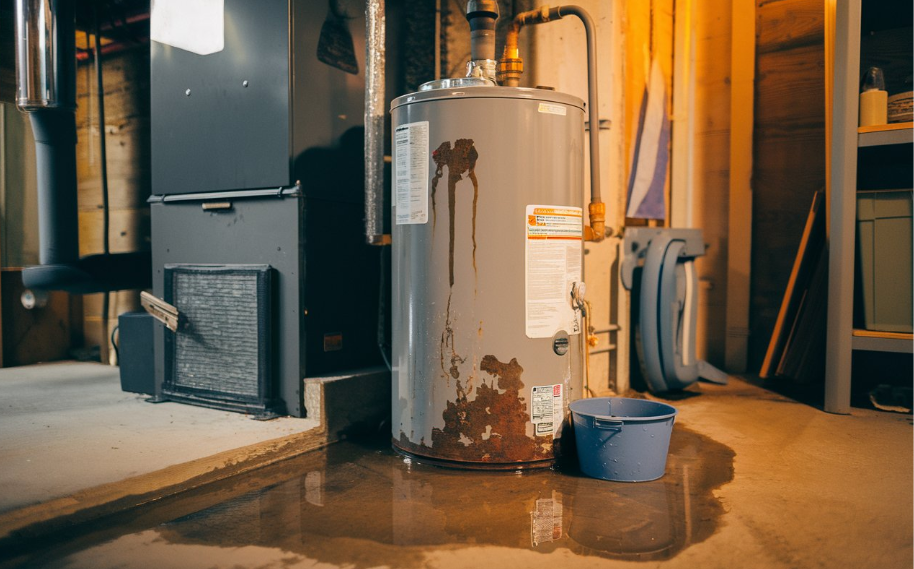Introduction
Thunderstorms, a common natural phenomenon, are both fascinating and intimidating. They are characterized by heavy rain, thunder, lightning, and sometimes hail. While they can be awe-inspiring, they also pose potential dangers. This article aims to provide comprehensive guidance on the best course of action when You See a thunderstorm approaching. Understanding the nature of thunderstorms and the risks associated with them is the first step towards ensuring personal safety.
Understanding Thunderstorms
A thunderstorm, also known as an electrical storm, is a storm characterized by the presence of lightning and its acoustic effect, thunder. It is typically accompanied by heavy precipitation. Thunderstorms occur worldwide, with the highest frequency in tropical rainforest regions. They are formed when warm, moist air rises into the atmosphere, condenses, and forms cumulonimbus clouds. The energy from the condensation process fuels the storm, leading to heavy rain, lightning, and thunder.
Safety Measures Before a Thunderstorm
Stay Informed
One of the most crucial steps in thunderstorm safety is staying informed. Monitor weather forecasts regularly, especially if you have outdoor activities planned. Weather updates can provide valuable information about the storm’s severity and estimated arrival time. Modern technology has made it easier than ever to stay updated on weather conditions. Many weather apps and websites provide real-time updates and alerts for severe weather conditions. it helps to Best Course of Action if You See a Thunderstorm Approaching
Secure Your Surroundings
If a thunderstorm is imminent, secure your surroundings. This includes bringing in outdoor furniture, securing loose objects, and closing windows and doors. These actions can prevent damage and injuries caused by high winds or flying debris. If you have pets, ensure they are safely indoors. If you have time, you might also want to unplug electrical appliances to prevent damage from potential power surges caused by lightning strikes.
What to Do During a Thunderstorm
Seek Shelter
The safest place to be during a thunderstorm is indoors. If you’re outside and cannot reach a building, a hard-topped vehicle can also provide protection. Avoid open fields, hilltops, or other high places. If you’re in a forest, stay near a lower stand of trees. If you’re in a group, spread out to avoid the current traveling between group members.
Avoid Electronics and Plumbing
Lightning can travel through electrical systems, metal pipes, and phone lines. Therefore, during a thunderstorm, avoid using corded phones, electrical appliances, and plumbing fixtures. If you’re in a building, stay away from windows and doors, as glass can shatter due to the pressure changes caused by the thunder. it helps when Thunderstorm is Approaching.
After the Thunderstorm
Once the thunderstorm has passed, continue to stay informed through weather updates. Be cautious of potential hazards such as downed power lines or flooded roads. Remember, the end of the storm doesn’t necessarily mean the end of potential dangers. It’s also a good idea to check on your neighbors, especially the elderly or those with special needs, to ensure they are safe and unharmed.
Conclusion
Thunderstorms, while a natural part of our weather system, can pose significant risks. By staying informed, securing your surroundings, seeking appropriate shelter, and practicing caution, you can ensure your safety during these potentially dangerous events. Remember, your safety is paramount, and taking these precautions can help protect you and your loved ones during a thunderstorm.
Frequently Asked Questions
- What should I do if I’m caught outside during a thunderstorm?
If you’re caught outside with no safe shelter anywhere nearby, the following actions may reduce your risk: Stay away from trees. Crouch down in the open area, keeping twice as far away from a tree as it is tall. Put your feet together and place your hands over your ears to minimize hearing damage from thunder. - What should I avoid during a thunderstorm?
During a thunderstorm, avoid electrical equipment, corded telephones, plumbing, windows, doors, porches, and concrete. These are all conductors of electricity and can increase your risk of being struck by lightning. - How can I prepare for a thunderstorm?
Secure loose objects, shutter windows, and secure outside doors. If shutters are not available, close window blinds, shades, or curtains. Unplug any electronic equipment before the storm arrives. Stay inside a home or building as much as possible. Listen to a battery-operated weather radio for updates. If you are outside and cannot reach a safe building, avoid high ground, water, tall, isolated trees, and metal objects such as fences or bleachers. Picnic shelters, dugouts, and sheds are NOT safe.





